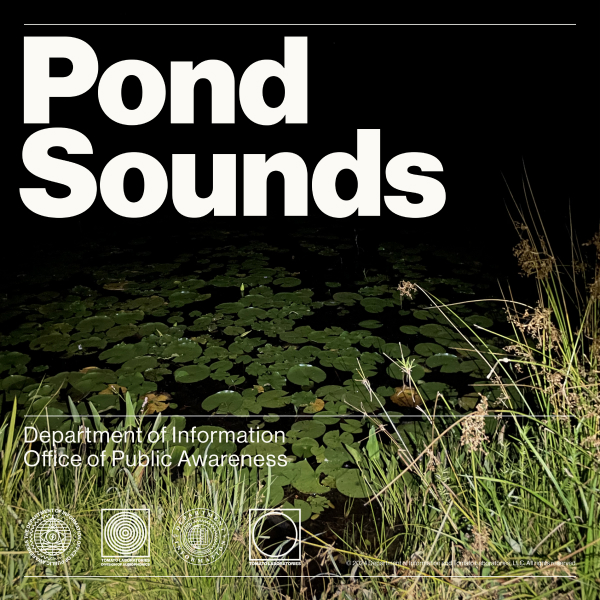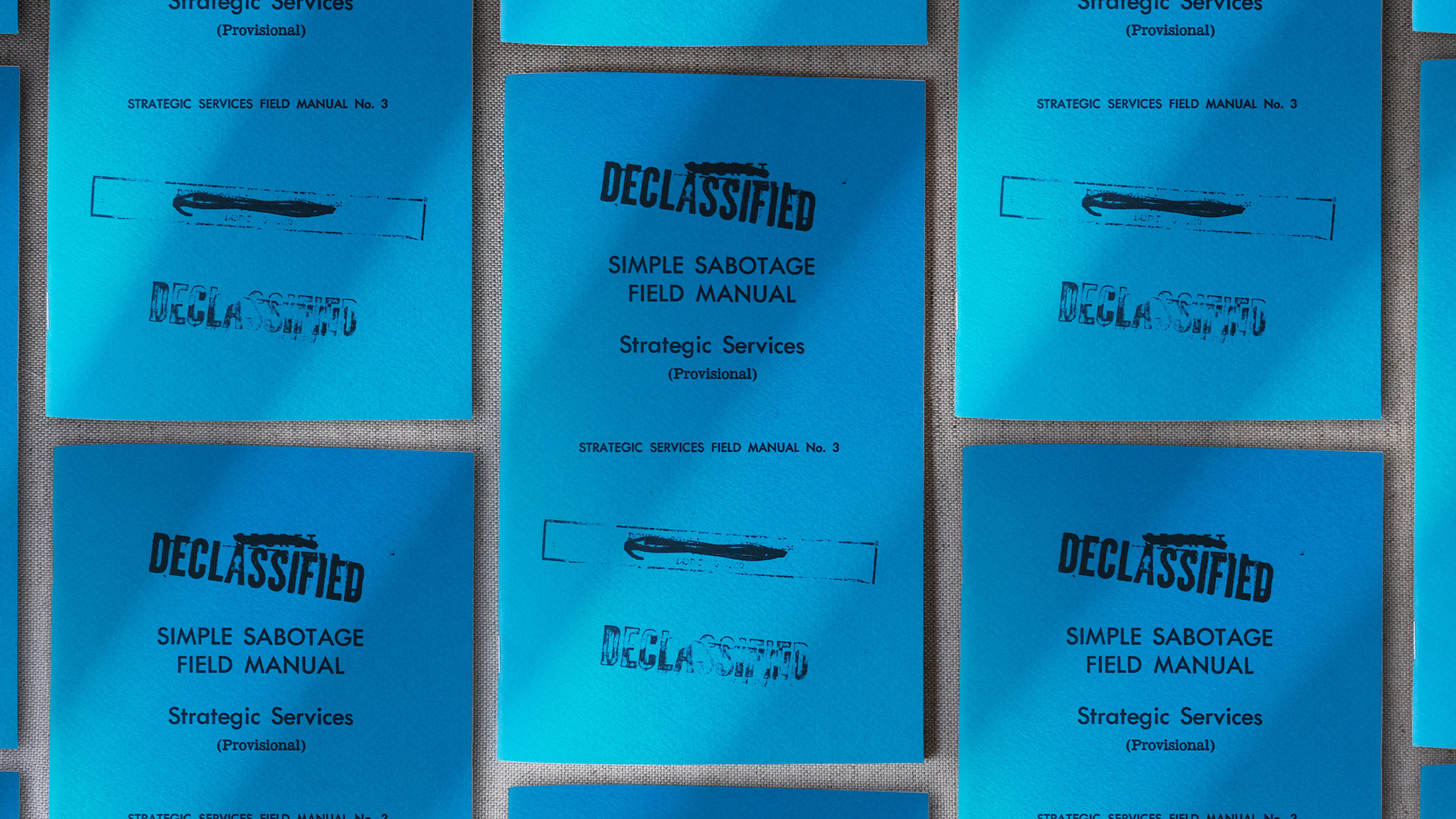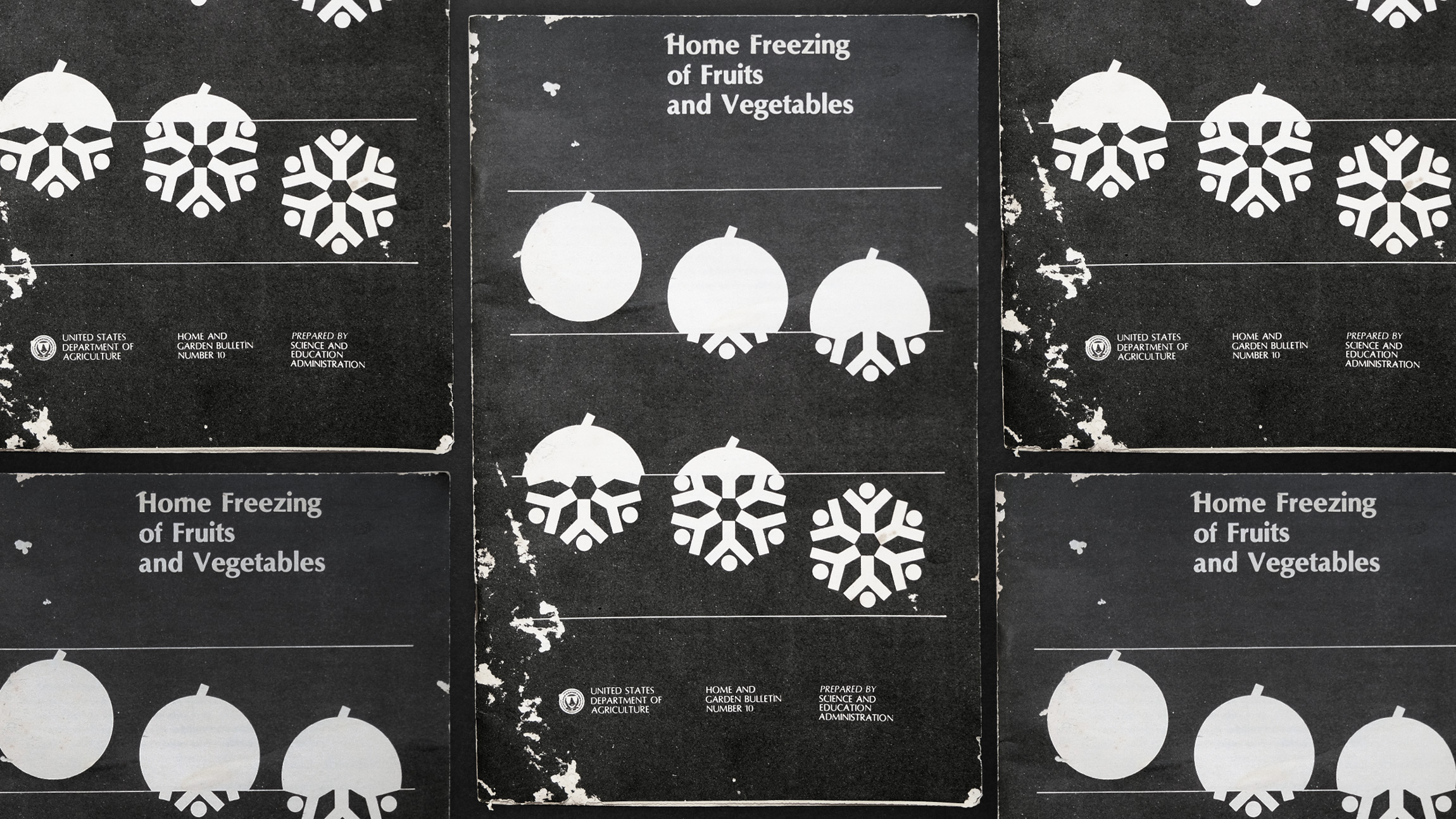Can you own the airwaves? Probably not. This didn’t stop William Howard Taft, then president of the United States, from declaring war on unregulated frequencies in 1912, according to an article headlined “President Moves to Stop Mob Rule of Wireless.”
Since the early 1900s there have been numerous unlicensed, unwarranted, or quasi-legal radio stations operating at any given time. However, the mid-twentieth century was the true golden age of pirate radio. Here we take a look at some of the logos and marks that defined these clandestine waveform operations as well as the visual ecosystems that surrounded them.

North America
United States
The Chicago Radio Laboratory would later call itself The Zenith Radio Corporation, but not before participating in armed territorial disputes with rivals and propagating some of the first equipment to be used by clandestine and illicit frequency operators in the United States.


Radio NewYork International operated from a ship in international waters off the coast of Jones Beach, New York, for a couple of years in the late 1980’s.

Mexico
Border Blasters were radio stations operating (most commonly) on the US-Mexican border, often at frequencies much higher than the US laws would allow at the time. A particularly successful early border blaster, XER (later XERA and XERF) or “The Sunshine Station Between the Nations”, was relocated from Kansas to Mexico after the US government decided that advertising goat testical-to-human transplant surgery (to enhance male fertility) over the airwaves was not a good thing to do.


Honduras/Caribbean
Radio Swan (1960-1968) was an anti-Castro CIA operation based on a tropical island off the coast of Honduras in the western Caribbean. It would find purpose, hope, and a grandiose sense of delusion in broadcasting Phillip Morris and Kleenex advertisements towards Cuba.

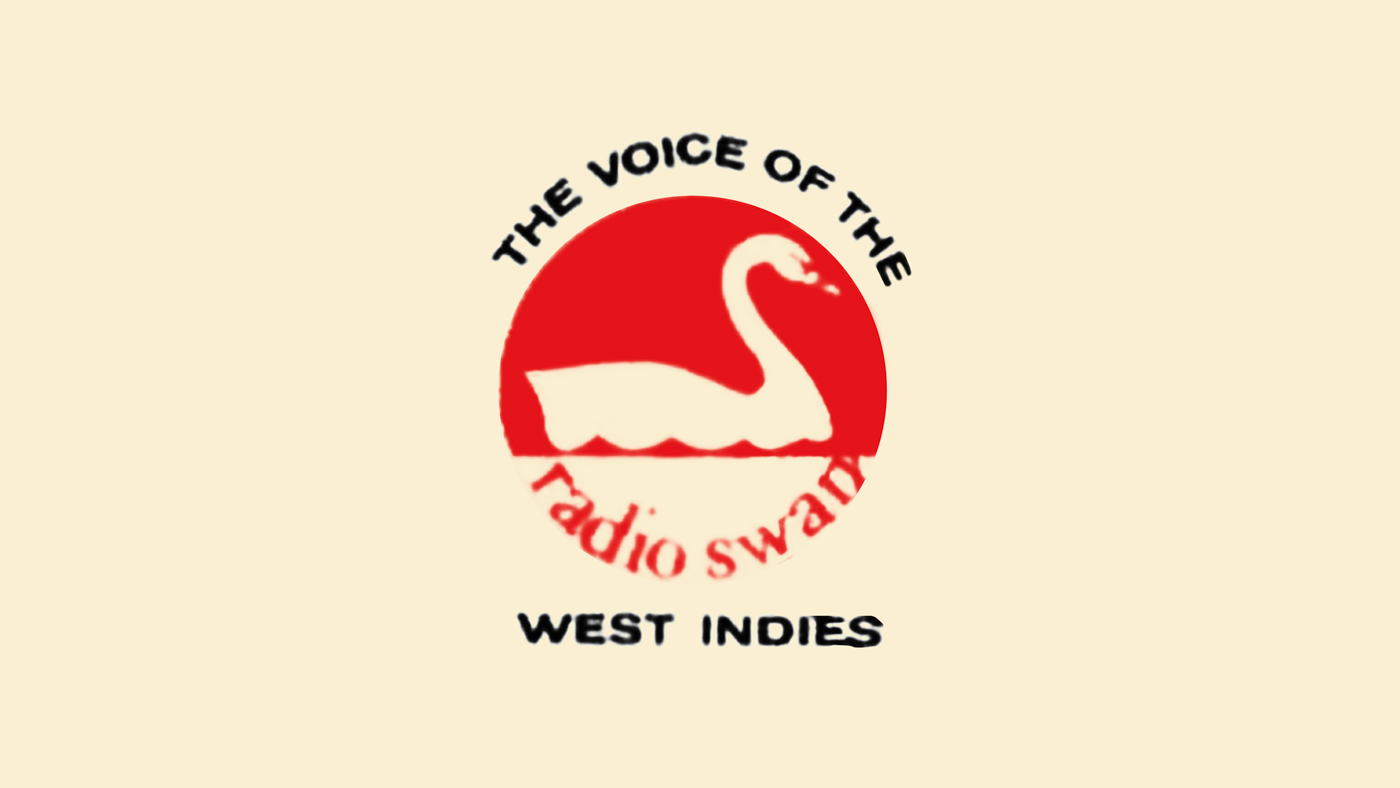
Europe
Denmark
Danish outfit Radio Mercur (1958-1962) was very likely the first pirate radio station to actually broadcast from an offshore platform in international waters. Tapes were pre-recorded in Copenhagen and literally shipped out to the open sea for broadcast.


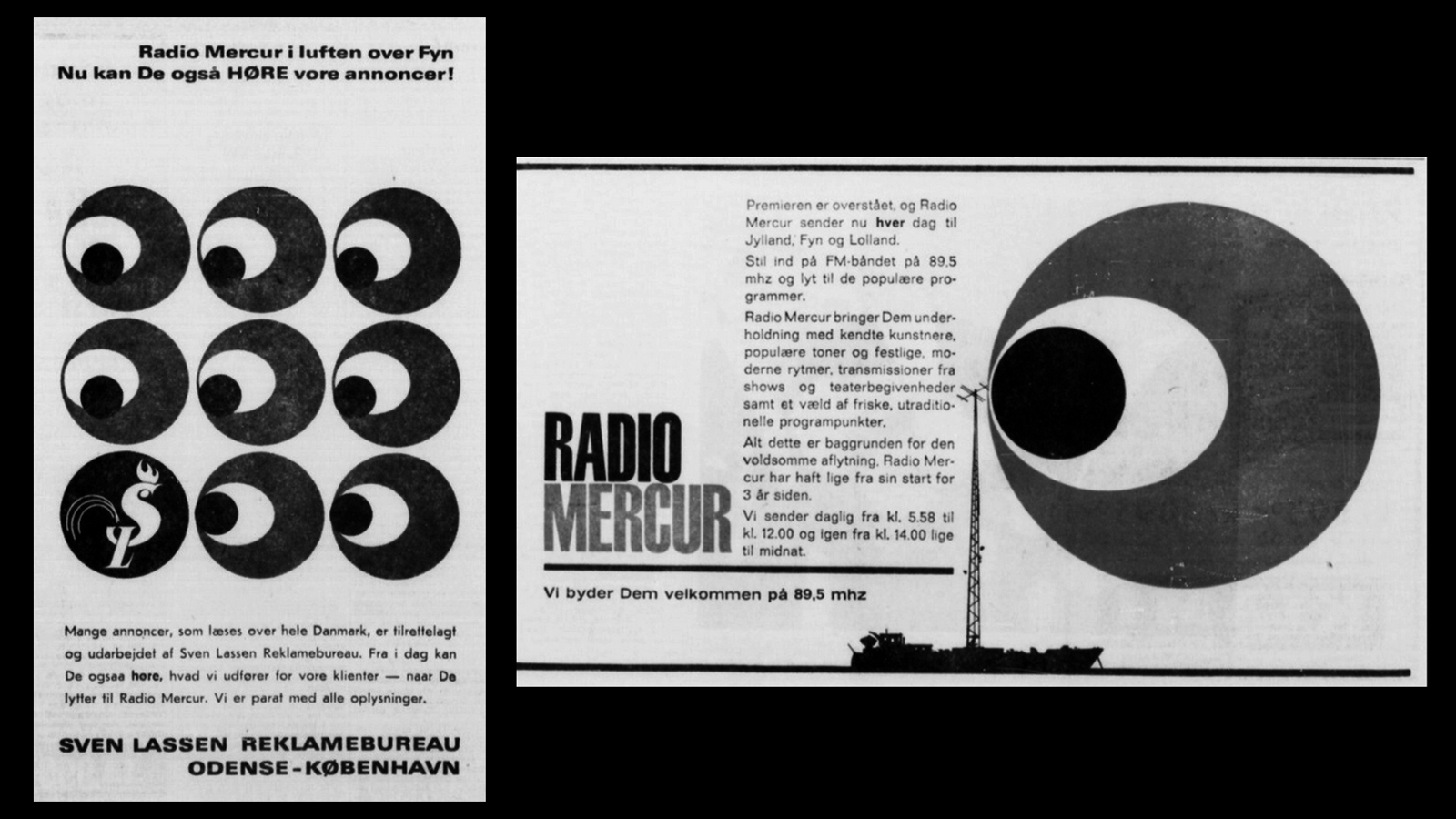
United Kingdom
The Pilkington Committee was set up in England in 1960 by Her Majesty the Queen and an eccentric, affluent industrialist to propagate uniquely expensive falsehoods regarding the British public’s interest in commercial radio. This unintentionally gave rise and a sense of purpose to illicit frequency operators, stations, and organized broadcasting groups across the UK.

Radio Caroline, an unlicensed station started in 1964 by a disgruntled Irish musician, would operate somewhat amorphously throughout the 60’s, 70’s, and 80’s from various offshore ships in and around the U.K. It’s slogan, “Radio Caroline on 199, your all day music station”, reveals nothing about Caroline or if she knew a pirate radio station was named after her (she was apparently the six-year-old daughter of then-U.S.-president John F. Kennedy and she certainly did not).


The British Broadcasting Corporation (BBC) became terrified of Caroline and her cool new radio station as it posed an existential threat to the BBC’s domination of the airwaves and its monopoly on British ears. The Caroline Phenomenon; an eccentric art-house internal classified zine–a corporate fan letter to President Kennedy’s daughter–and an actual physical PDF full of charts and numbers, was the media monolith’s attempt at quantifying their unpopularity.

Radio Jackie was live from 1969 to 1985 until it was ultimately shut down by the British government after a series of raids by what we can assume was a particularly well-dressed anti-radio division of The Queen’s Guard. The offices and studios of Radio Jackie would have been made into a complete mess, equipment and office supplies thrown into the river Thames by the Household Division’s Foot Guards; sweaty, irate, absolutely livid, and undoubtedly wearing those weird fur hats throughout the entire process.

The Free Radio Association was a seemingly loose cohort of activists, listeners, and operators in and around 1967 advocating and organizing to secure a free and open landscape for radio in the UK.


The Free Radio Association is fighting for free speech, free enterprise and free choice. The Government is trying to crush all competition over the air by silencing the commercial stations – thereby preserving the monopoly of the BBC and depriving us of the freedom to listen to the stations of our choice. This is a step towards dictatorship...
Excerpt from FRA petition statement from 1967 via the Offshore Radio Museum
Radio 270, an unofficial member of the FRA, was short-lived but had an extremely cool logo.

Listen here the final broadcast as the station’s operator, Paul Kramer, takes the Oceaan 7 transmitter off-air for the night in 1967.


Switzerland/Netherlands/U.K.
Radio Northsea International was based out of Zurich but spent most of its time in the waters between the U.K. and the coast of the Netherlands where it would broadcast intermittently for roughly five years in the early 1070s.

Either intentionally or coincidentally, the logo for Radio Northsea International resembles an exploding ship. Listen below to a particularly on-brand broadcast of DJ Alan West reacting to a bombing of the RNI’s vessel, MV Mebo II, at sea in 1971:
A peculiar and interesting feature on a ubiquitous RNI campaign sticker design is what appears to be an azimuthal equidistant projection of the globe, centered on the North Pole. This would have certainly been a clever reference to the United Nations logo–the UN being an organization that many pirate radio advocates looked to as a potential ally, idealistic governance model, or even antagonist.


Asia
Hong Kong
Citizens’ Radio 民間電台 (established in 2005, so not technically “of the 20th century”) logo, while not exactly a modernist masterpiece or even a particularly successful mark by most standards, appears to convey a clear meaning, agnostic of language, and is at least used consistently across the digital landscape (from what we can tell).

This list is hardly exhaustive and leaves off a lot of excellent pirate radio stations that either had unfortunately and exceptionally bad logos (e.g., Radio First Termer and Radio Luxembourg) or who’s logos were simply unreasonably difficult to track down in an acceptable format or resolution.



